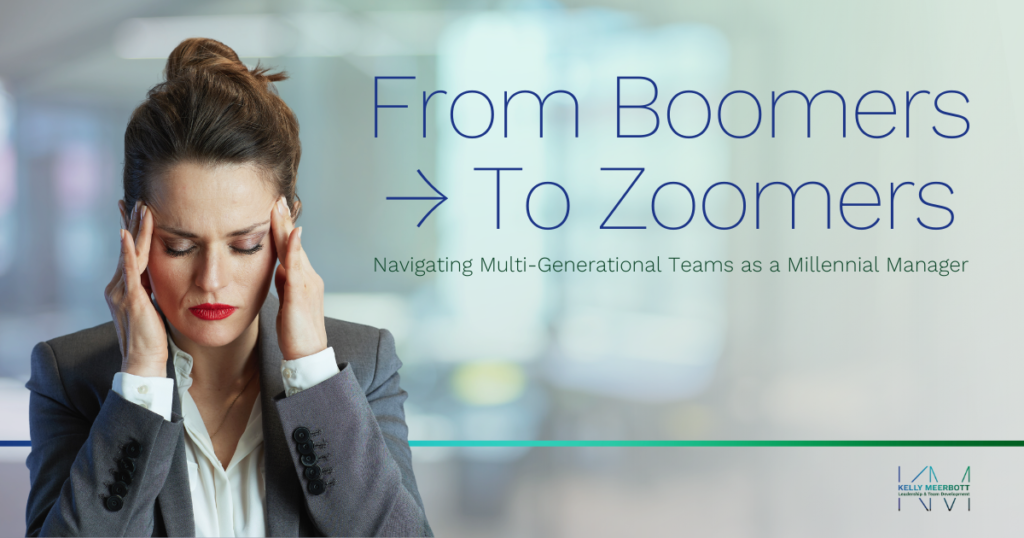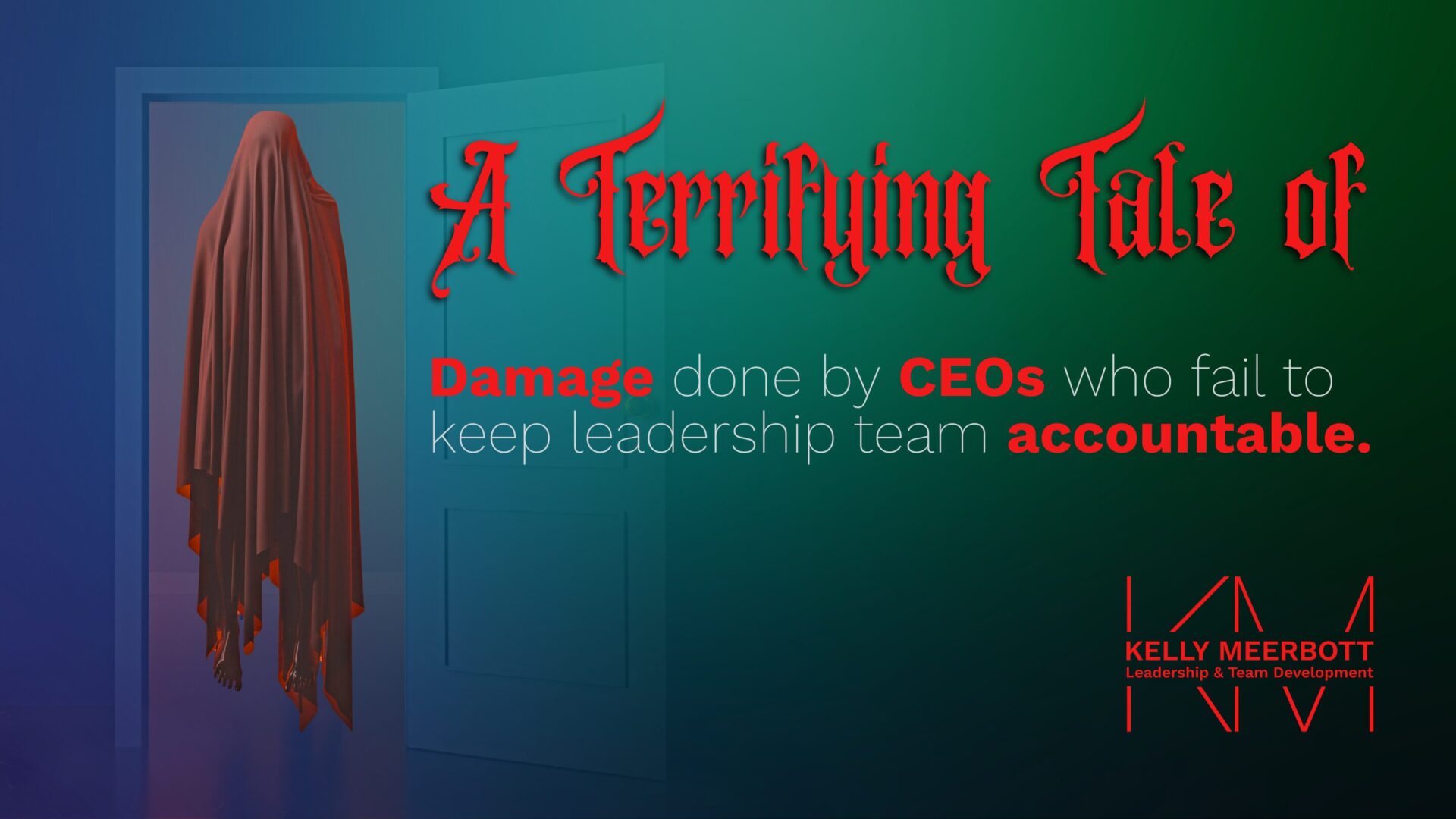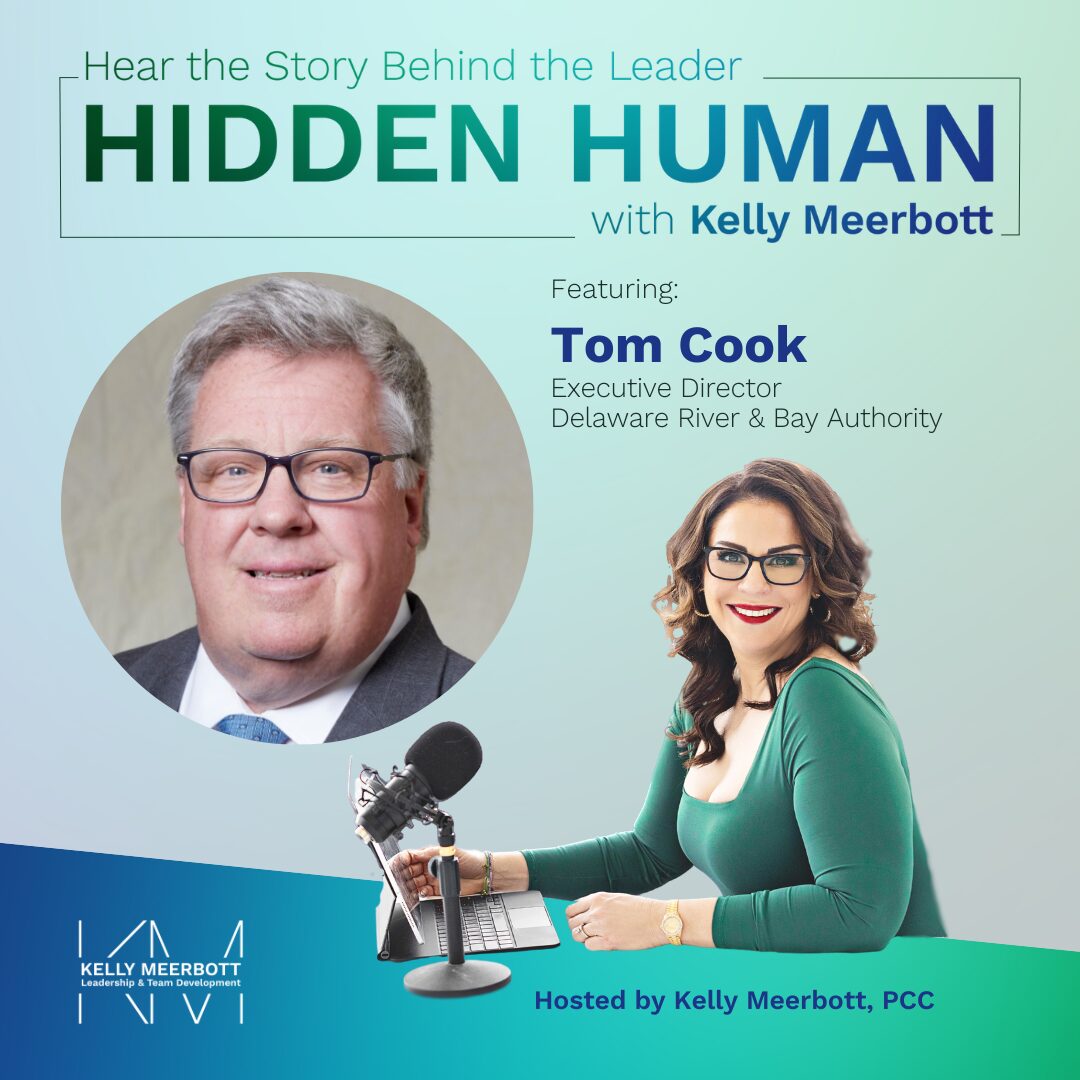As a millennial leader managing Gen Z workers and reporting to Boomers, you’re at the helm of navigating the intricate dynamics of generational diversity. This role demands an understanding, adaptability, and communication prowess. First, let’s start with understanding the differences between generations.
Generation Z (Born 1997-2012)
Emerging with smartphones in hand, Gen Z values technology, authenticity, and purpose. As pioneers in social media, their priorities include social responsibility, work-life balance, and meaningful work engagement. Representing 25% of the workforce, Gen Z seeks empathy, psychological safety, autonomy, well-being, and recognition in their professional environments.
Baby Boomers (Born 1946-1964)
Identifying strongly with their careers, Boomers view their work as an extension of their identity. Known for their robust work ethic and high expectations, they value visibility in the workplace and strive to exceed job requirements. With a wealth of experience, knowledge, and connections, Boomers demand respect for their contributions, favor traditional hierarchies, and adhere to established norms.
Three Strategies For Millennials to Bridge the Divide
- Respect All Perspectives: Leverage generational diversity to strengthen teams, combining experience with fresh insights to foster innovation. Embrace different experiences and viewpoints to benefit from a collective pool of ideas and knowledge, propelling teams to peak performance.
- Be Flexible: Tailor your leadership and communication style to each group. Encourage Boomers to embrace flexible working arrangements while urging younger staff to value the wisdom and experience their older counterparts bring.
- Co-Manage Expectations: Navigate the differing expectations between generations. Boomers traditionally seek compliance and respect for hierarchy, while Gen Z desires understanding and meaningful feedback. Addressing these needs creates a cohesive work environment.
Fostering Team Building
Transitioning smoothly from understanding to action, the next steps involve practical strategies for nurturing a productive and harmonious multi-generational team:
- Encourage Professional Development: Implement mentorship and reverse mentorship programs to facilitate knowledge sharing. Offer continuous learning opportunities, promoting a culture of growth and cross-generational exchange.
- Lead by Example: Show flexibility and adaptability in your management approach. Exhibit positive behavior to influence team culture positively, inspiring and motivating your direct reports across generations.
- Build a Strong Team Environment: Initiate cross-generational projects to dismantle stereotypes and foster mutual respect. Acknowledge contributions from all team members, celebrating diverse inputs to enhance team unity.
- Leverage Technology: Blend digital and direct communication methods to cater to the preferences of both Gen Z and Boomers. This dual approach ensures the team’s alignment and effective collaboration.
Managing across generations as a millennial effectively hinges on appreciating and respecting differences. You can unite your team across generational lines by adapting your leadership and communication style and fostering a supportive work environment. Rejecting the stereotype that “Gen Z doesn’t want to work,” this approach recognizes the unique strengths and values each generation brings to the table, ensuring a dynamic, inclusive, and productive workplace.
*According to research from Deloitte Digital
…………………….
Kelly Meerbott, PCC is a renowned expert in executive leadership coaching with over 90% of clients achieving and even exceeding their goals. Kelly is also a TEDx and keynote speaker, author, and host of the podcast Hidden Human, now in Season 8 !
Ready to transform your leadership journey? Currently accepting new clients for late 2024-2025. Connect with Kelly on LinkedIn! Let’s grow.





